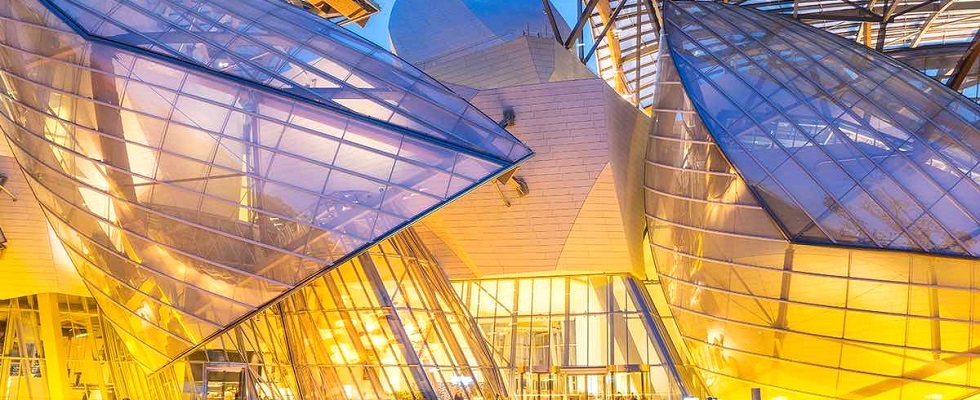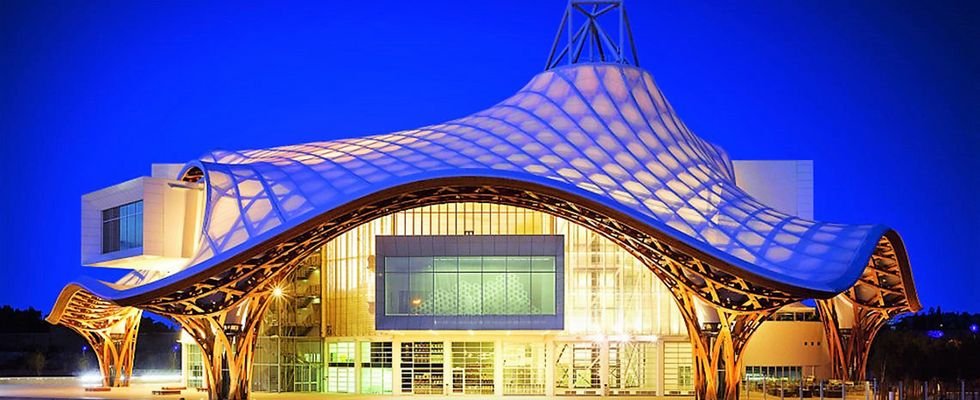Modeling and Simulation for Enhanced Daylight Performance
Chair: Mitsuhiro Udagawa, Prof. emer. Kogakuin University, Tokyo, Japan
- Dynamic simulation of indoor environment and energy use including optimised solar shading control systems
- Energy optimisation using optimised solar shading control systems
- Passive houses in Norway
Søren Gedsø, Dep. of Indoor Environment and Energy Use, Erichsen & Horgen, Oslo, Norway
- Solar spectrum distribution and measurement range for small spectroradiometers
- Measurement method for SHGC using small solar spectroradiometers
- Measurement results of glass samples and field measurements of double-skin façades
Takefumi Yokota, Nikken Sekkei Ltd, Tokyo, Japan
- Building simulation analysis
- Physical model evaluation
- Architectural integration of the energy reflectors
Alexandra Saranti, Technical University of Crete, Polytechneioupolis, Chania, Greece
- BSDF characterisation of solar screen optical properties
- Integration of BSDF into thermal simulations software
- Characterisation of common solar shading devices
Olivier Dartevelle, Architecture et Climat, Université Catholique de Louvain, Belgium
- Interaction between light-shelves and complex ceiling forms
- Energy, daylighting and glare interaction in an office room with shading devices
- Shading devices for enhanced daylight control
Daich Safa, Dep. of Architecture, University of Mohamed Khider, Biskra, Algeria
17:45 End of Conference Day 1






